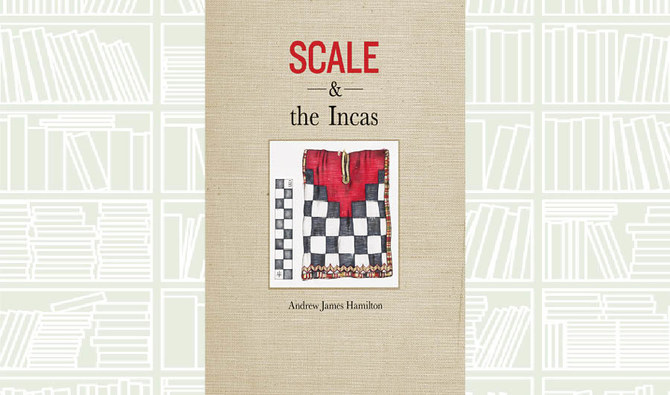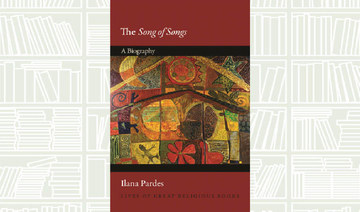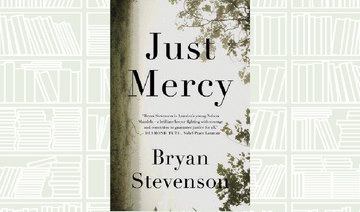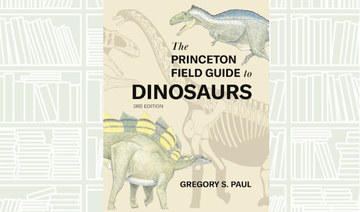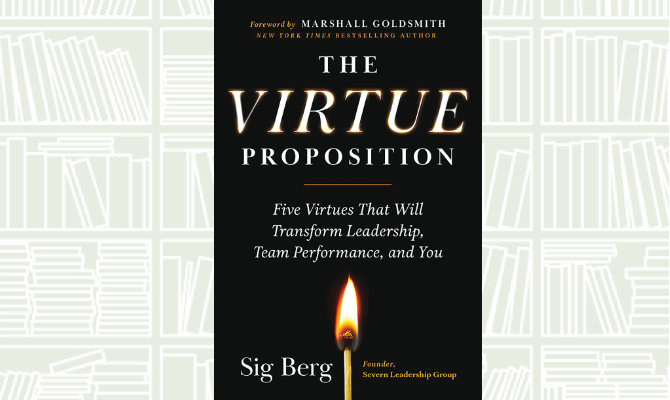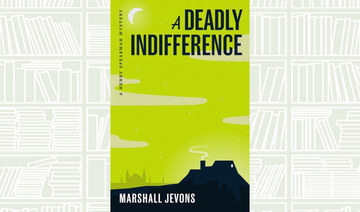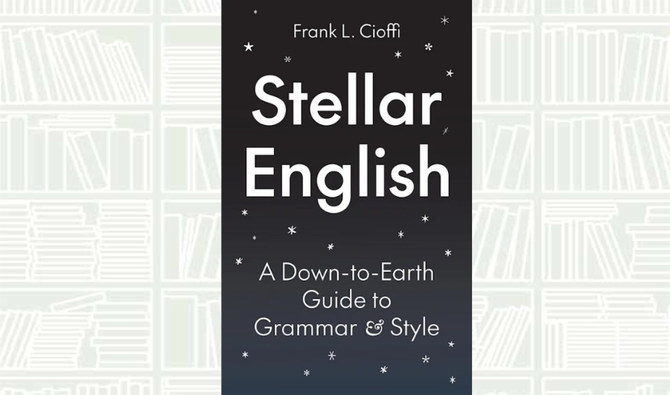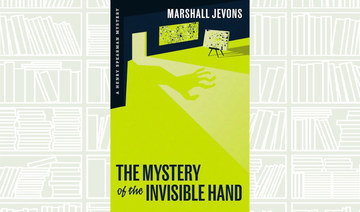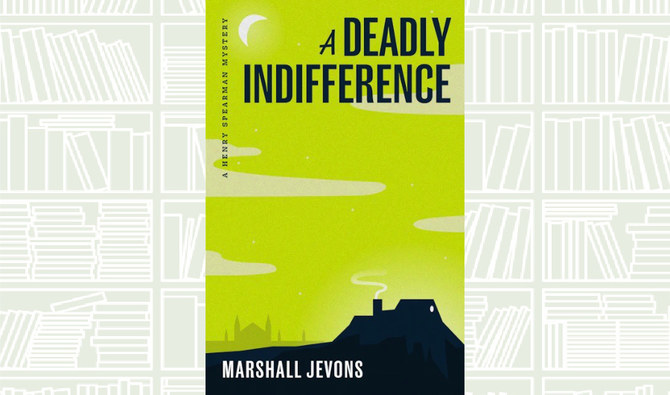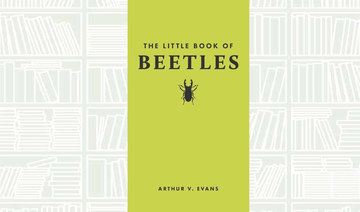Although questions of form and style are fundamental to art history, the issue of scale has been surprisingly neglected. Yet, scale and scaled relationships are essential to the visual cultures of many societies from around the world, especially in the Andes. In Scale and the Incas, Andrew Hamilton presents a groundbreaking theoretical framework for analyzing scale, and then applies this approach to Inca art, architecture, and belief systems.
The Incas were one of humanity’s great civilizations, but their lack of a written language has prevented widespread appreciation of their sophisticated intellectual tradition. Expansive in scope, this book examines many famous works of Inca art including Machu Picchu and the Dumbarton Oaks tunic, more enigmatic artifacts like the Sayhuite Stone and Capacocha offerings, and a range of relatively unknown objects in diverse media including fiber, wood, feathers, stone, and metalwork. Ultimately, Hamilton demonstrates how the Incas used scale as an effective mode of expression in their vast multilingual and multiethnic empire.
Lavishly illustrated with stunning color plates created by the author, the book’s pages depict artifacts alongside scale markers and silhouettes of hands and bodies, allowing readers to gauge scale in multiple ways. The pioneering visual and theoretical arguments of Scale and the Incas not only rewrite understandings of Inca art, but also provide a benchmark for future studies of scale in art from other cultures.



